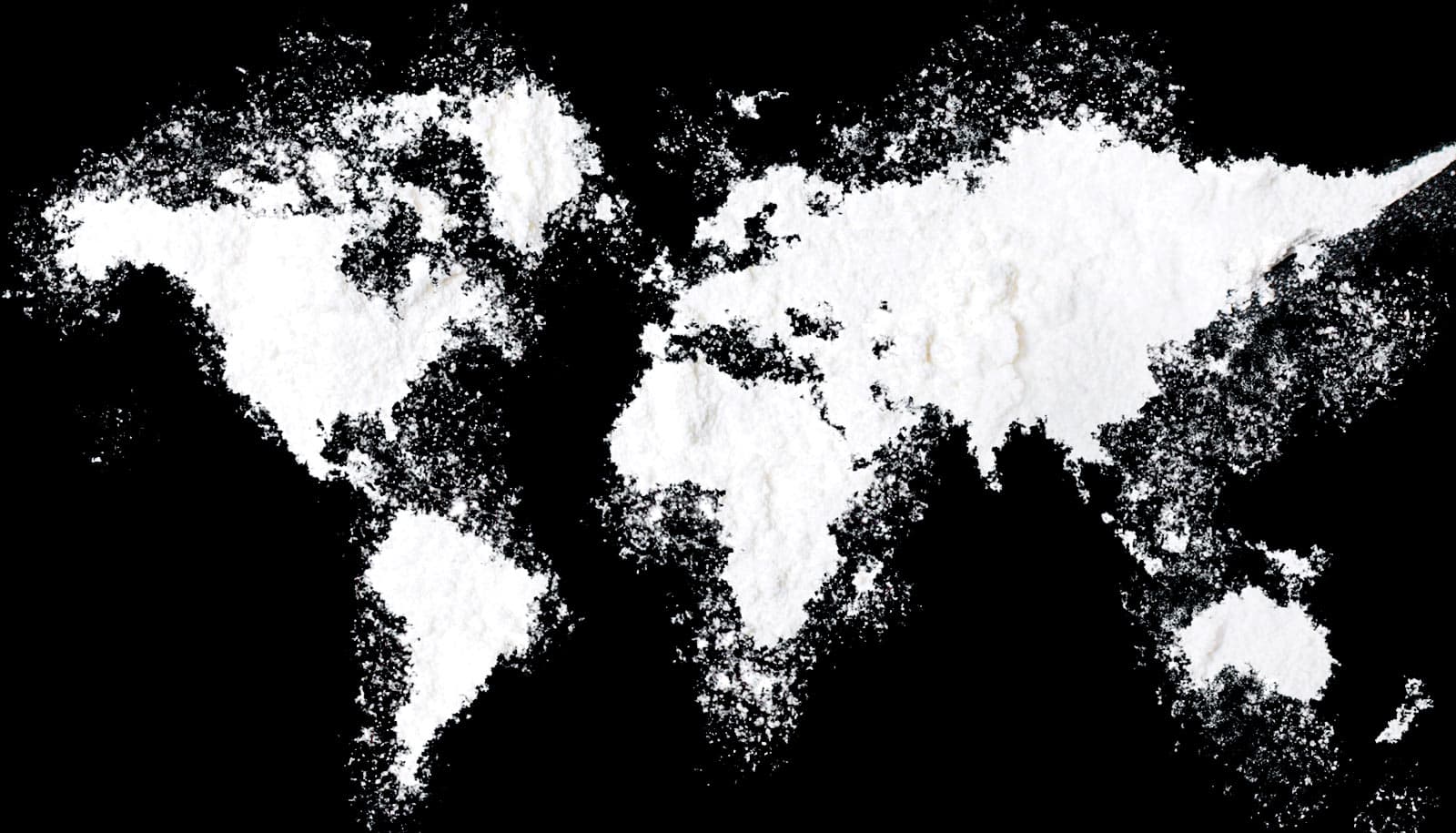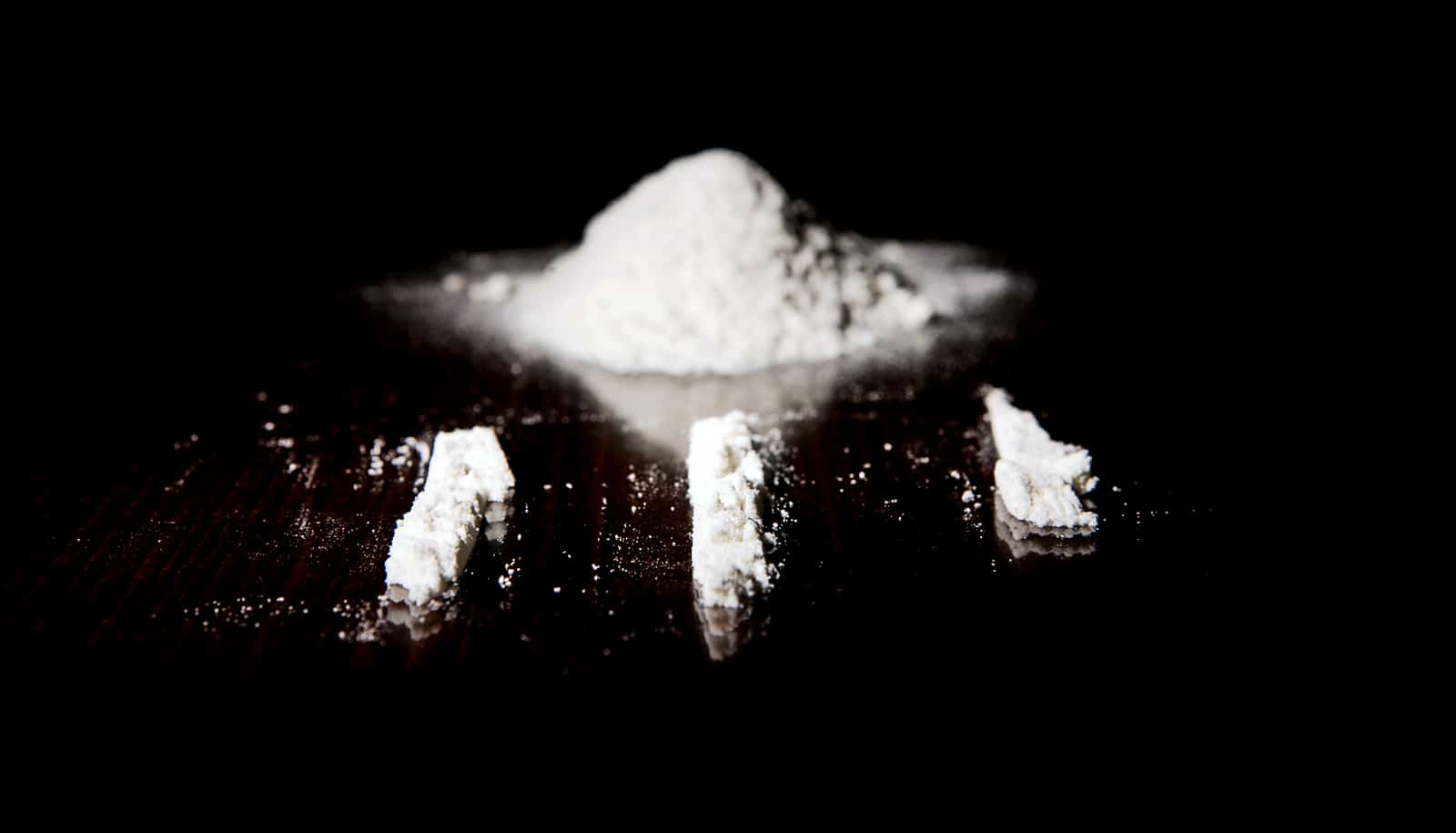A new analysis of wastewater reveals trends in illegal drug use in different countries.
Wastewater-based epidemiology is a rapidly developing scientific discipline with the potential for monitoring close to real-time, population-level trends in illicit drug use.
By sampling a known source of wastewater, such as a sewage influent to a wastewater treatment plant, scientists can estimate the quantity of drugs used in a community from the measured levels of illicit drugs and their metabolites excreted in urine.
A global picture
The findings confirm the wide differences in drug use around the world:
- Methamphetamine dominated the drug landscape in cities monitored in North America (United States and Canada) and Australasia (Australia, New Zealand, and South Korea), with average levels exceeding by far those found in eastern Europe.
- For both Granby and Montreal, consumption was generally around or below the average for all cities included in the study, except for methamphetamine for which both cities were part of the dominant cities.
- The consumption of methamphetamine, although low on average when compared to other stimulants, presented some localized hot-spots in eastern cities (in Slovakia, Czech Republic, and east of Germany) and it is expanding to the north and center of Europe.
- Cocaine dominates the drug use scenario in southern and western cities (in Switzerland, Italy, France, Spain, United Kingdom), and its levels underwent an upsurge over 2011-2017 in most of the sampled sites.
- Belgium and the Netherlands also reported a very high use of cocaine and of amphetamine, the consumption of which increased in consumption in many northern European countries.
- In South America (Colombia and Martinique) cocaine prevailed over the other substances. Researchers couldn’t discern any temporal trends in this case due to the recent inclusion of non-European sites in the international monitoring campaigns.
- Ecstasy does not dominate any drug scenario, but its use increased over the period 2011-2017 in most of the cities where it was reported.
Signs of illegal drug use in wastewater
The researchers, known as the SCORE group (Sewage analysis CORe group Europe), have now compiled the results of the international monitoring campaigns they performed annually over seven years (2011-2017).
In total, researchers analyzed wastewater from over 60 million people in 120 cities from 37 countries at least once over a one-week period to explore spatial population-level trends in the use of four illicit substances (amphetamine, methamphetamine, ecstasy, cocaine).
Researchers monitored two Canadian cities in Quebec, Montreal and Granby, which contributed to building a core data set that allowed scientists to assess temporal trends in drug-taking behaviors.
“Participating in the SCORE project allowed us to contribute to the development of best practices for the implementation of the wastewater-based epidemiology as well as contributing to an international data set on geographical and temporal trends on drugs consumption,” says Viviane Yargeau, a professor in and chair of the chemical engineering department at McGill University.
“The expertise developed was also instrumental in designing and conducting the pilot project that Statistics Canada started in March 2018 on the monitoring of drug consumption through wastewater analysis in order to collect additional data in the context of the legalization of cannabis.”
The correspondence between drug use figures derived from wastewater analyses and from established epidemiological indicators, e.g. prevalence data or drug seizure statistics, demonstrates the potential of the analysis of wastewater as an additional and complementary indicator of drug-taking trends.
This discipline provides near real-time, population-level trends in illicit drug consumption that allow to identify new patterns of abuse much earlier than other methodologies.
The research appears in Addiction.
Source: McGill University



